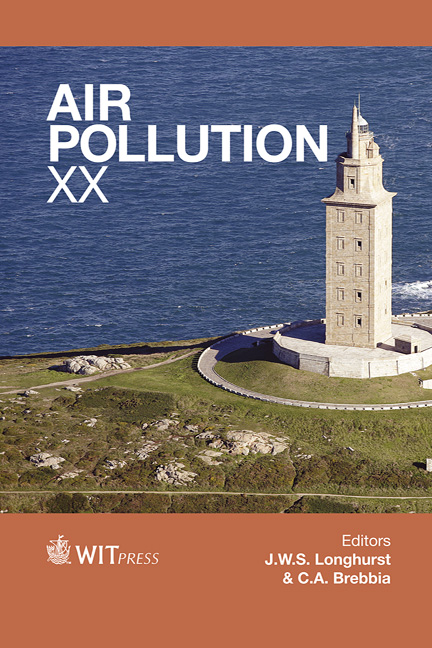Exposure To Dust In Poultry: The Importance Of Task Differences For Detailed Exposure Assessment
Price
Free (open access)
Transaction
Volume
157
Pages
9
Page Range
297 - 305
Published
2012
Size
390 kb
Paper DOI
10.2495/AIR120261
Copyright
WIT Press
Author(s)
S. Viegas, M. Almeida-Silva & C. Viegas
Abstract
Dust is a complex mixture of particles of organic and inorganic origin and different gases absorbed in aerosol droplets. In a poultry unit include dried faecal matter and urine, skin flakes, ammonia, carbon dioxide, pollens, feed and litter particles, feathers, grain mites, fungi spores, bacteria, viruses and their constituents. Dust particles vary in size and differentiation between particle size fractions is important in health studies in order to quantify penetration within the respiratory system. A descriptive study was developed in order to assess exposure to particles in a poultry unit during different operations, namely routine examination and floor turn over. Direct-reading equipment was used (Lighthouse, model 3016 IAQ). Particle measurement was performed in 5 different sizes (PM0.5; PM1.0; PM2.5; PM5.0; PM10). The chemical composition of poultry litter was also determined by neutron activation analysis. Normally, the litter of poultry pavilions is turned over weekly and it was during this operation that the higher exposure of particles was observed. In all the tasks considered PM5.0 and PM10.0 were the sizes with higher concentrations values. PM10 is what turns out to have higher values and PM0.5 the lowest values. The chemical element with the highest concentration was Mg (5.7E6 mg.kg-1), followed by K (1.5E4 mg.kg-1), Ca (4.8E3 mg.kg-1), Na (1.7E3 mg.kg-1), Fe (2.1E2 mg.kg-1) and Zn (4.2E1 mg.kg-1). This high presence of particles in the respirable range (<5–7μm) means that poultry dust particles can penetrate into the gas exchange region of the lung. Larger particles (PM10) present a range of concentrations from 5.3E5 and 3.0E6 mg/m3. The exposure to these kinds of particles can also cause disease by impacting in the upper and larger airwaysKeywords
poultry dust, occupational exposure, assessment of exposure by tasks, size of particles, health effects





